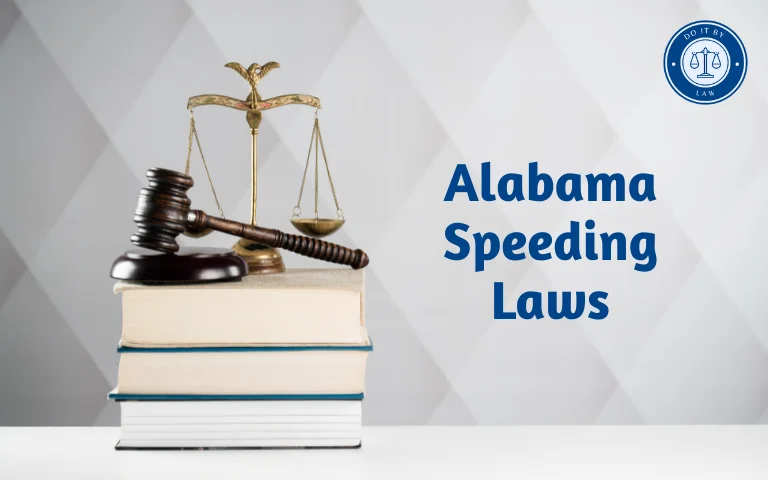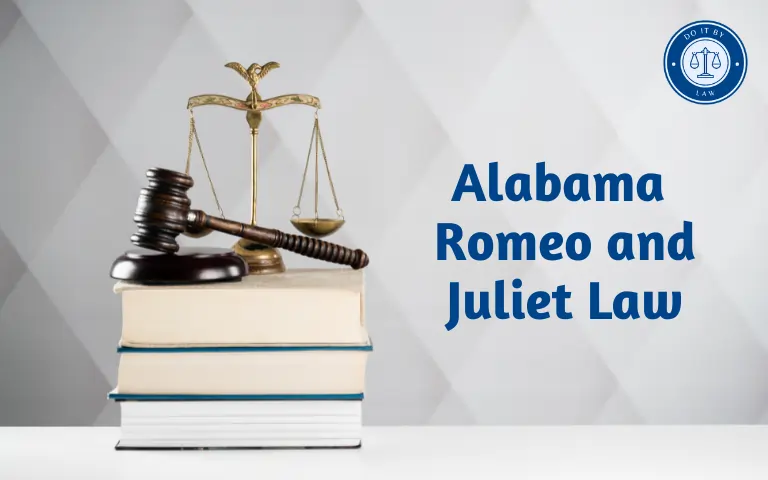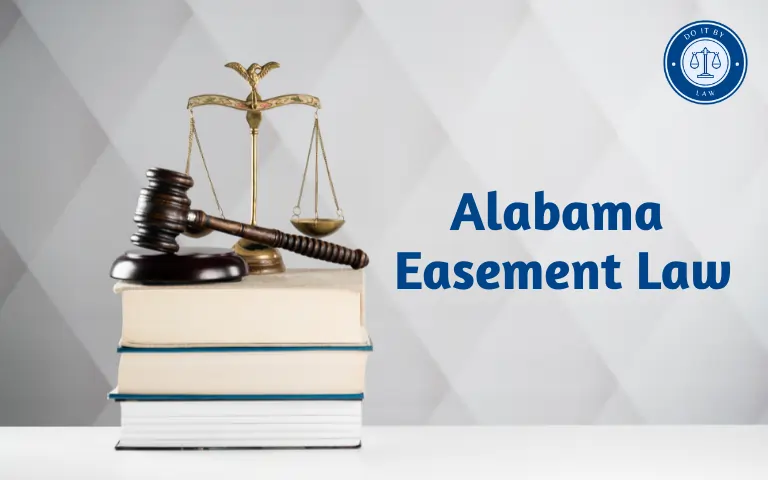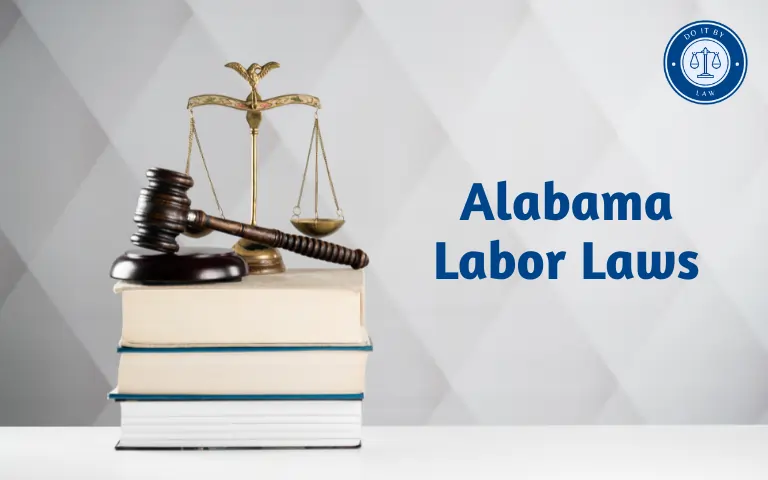Alabama Speeding Laws: What You Need to Know
Speeding is a common traffic violation in Alabama that can lead to fines, license points, insurance hikes, and increased accident risks. Understanding Alabama Speeding Laws is crucial for drivers.
Alabama has set maximum speed limits for interstates, highways, backroads, and residential areas. Drivers exceeding these speed limits face civil penalties and criminal charges depending on severity.
This article provides an in-depth look at Alabama’s speeding laws, including fines and penalties, license points, related laws, recent changes, and more. It aims to educate drivers on complying with speed limits to promote safety.
When Alabama Speeding Laws and Why
Alabama began enacting speeding laws in 1911 with a 20 mph statewide speed limit. Additional limits passed in 1927 capped speeds at:
- 20 mph in business districts
- 45 mph on highways
- 15 mph around schools
These early laws recognized that excessive speed endangered pedestrians and other drivers. Limits aimed to reduce accidents and reckless driving.
Over the decades, Alabama updated its speeding laws as cars advanced and interstates expanded. Key motivations included:
- Improved safety as speed capabilities increased.
- Manage high-speed interstate driving.
- Coordination with national standards.
- Clarity for enforcement.
- Penalties to deter violations.
Today speeding laws are entrenched nationwide as a fundamental traffic safety need. Alabama continues amending laws to meet current challenges.
Who Alabama Speeding Laws Apply To
Alabama Speeding Laws and penalties apply to all drivers operating vehicles on public roads within the state. This includes:
- Residents with Alabama driver’s licenses.
- Non-residents and out-of-state drivers.
- Commercial vehicle and truck drivers.
- Motorcyclists.
- Private, public, business, and delivery vehicles.
- Emergency vehicles when not responding to calls.
The laws apply anywhere with posted speed limits, including interstates, highways, roads, side streets, school zones, and construction zones.
Key Provisions of Alabama Speeding Laws
Alabama designates maximum speed limits under state law:
Speed Limit Amounts
- Interstates and highways – 70 mph maximum.
- Backroads and multilane roads – 55 mph typically.
- Residential streets – 25-30 mph typically.
- School zones – 25 mph while lights flashing.
Flexibility for Local Areas
Cities and towns can set lower speed limits on local roads based on traffic patterns and safety needs.
Minimum Limits
Alabama requires vehicles to maintain a minimum speed of 40 mph when posted, except where conditions like weather are hazardous.
Penalty Severity
Fines and penalties increase based on the amount over the limit and total speed.
Work Zones
Drivers must follow reduced work zone speed limits or face enhanced fines.
Reasonable and Prudent
Drivers must maintain safe “reasonable and prudent” speeds for conditions regardless of limits.
Speeding Penalties and Fines in Alabama
Alabama penalizes speeding on a sliding scale depending on mph over the limit:
- 1-9 mph – No fine up to 9 mph over. At 10+ mph over, $50 plus $5 per mph over.
- 10-24 mph – $100 minimum fine plus $5 per mph over.
- 25+ mph – $150 plus $10 per mph over.
- Over 85 mph – Reckless driving charges.
Fines double in construction/work zones. Points assessed on license for 10+ mph over.
Alabama License Points System
Alabama assesses license points for speeding infractions:
- 1-9 mph over – 0 points
- 10-24 mph over – 2 points
- 25+ mph over – 3 points
- Reckless driving – 6 points
Accumulating points can lead to license suspension or probation. Points remain on record for 2 years.
Additional Alabama Speeding Laws and Penalties
Beyond fines, Alabama imposes additional penalties for excessive speeding:
- Reckless Driving – Over 85 mph or reckless disregard for safety. Misdemeanor with fines up to $500 and potential jail time.
- Super Speeder – Over 85 mph. $200 state fine added to other fines and fees.
- Criminal Speeding – Over 100 mph. Felony charges are possible depending on circumstances.
- License Suspension – Six-month suspension for three speeding convictions within two years.
- Auto Insurance – Speeding violations raise insurance premiums significantly.
Recent Changes to Alabama Speeding Laws
Some recent updates to Alabama speeding laws include:
- 2019 – Increased fines for speeding in highway work zones.
- 2017 – Clarified municipalities can set speed limits 15 mph below state maximums.
- 2014 – Allowed speed enforcement cameras in school and construction zones.
- 2012 – Raised fines by $5 across speed limit thresholds.
- 2010 – Set maximum interstate speed limit at 70 mph.
Alabama continues to adjust speed laws to improve safety and meet current challenges. Efforts target high-risk areas like work zones.
Ongoing Controversies and Debates About Speed Laws
Alabama faces similar debates as other states regarding speed limit laws:
- Inconsistencies between highway and local speed limits cause confusion.
- Low-density rural areas may not need limits as low as urban areas.
- Enforcement ranges from lax to heavy depending on jurisdiction.
- Speed traps and cameras are seen by some as revenue generators rather than safety measures.
- Suspending licenses creates hardships for low-income drivers.
- Lower nighttime limits proposed for safety are opposed as unnecessary.
Despite complaints, most Alabamians recognize speed limits preserve public welfare when judiciously set and enforced.
Conclusion and Key Takeaways on Alabama Speeding Laws
In summary, Alabama designates maximum allowable speeds to balance public safety and traffic efficiency. Penalties aim to deter violations, while recent changes update limits and fines as conditions and challenges evolve.
Key takeaways on Alabama speeding laws include:
- Interstates, highways, and residential areas have set speed limits. Cities can establish lower local limits.
- Fines, points, and suspensions punish violations, escalating with excessive speeding.
- Reckless endangerment charges may apply for extreme speeds over 85 mph.
- Work zones and school zones have reduced limits strictly enforced.
- The ongoing debate continues around appropriate limits and effective enforcement.
Obeying designated speed limits is essential for motorist safety and avoiding the consequences of unlawful speeding.







